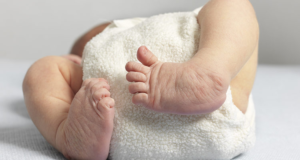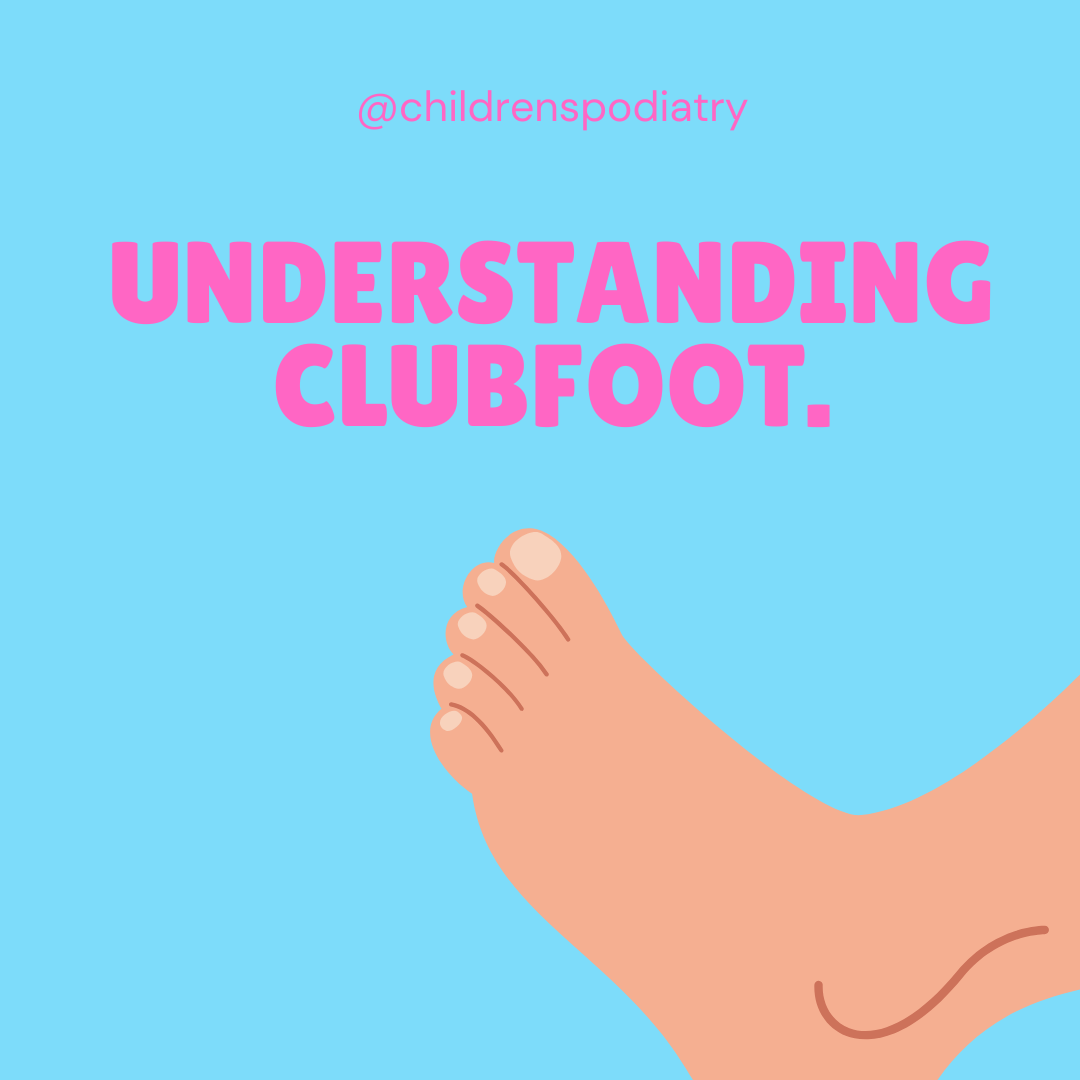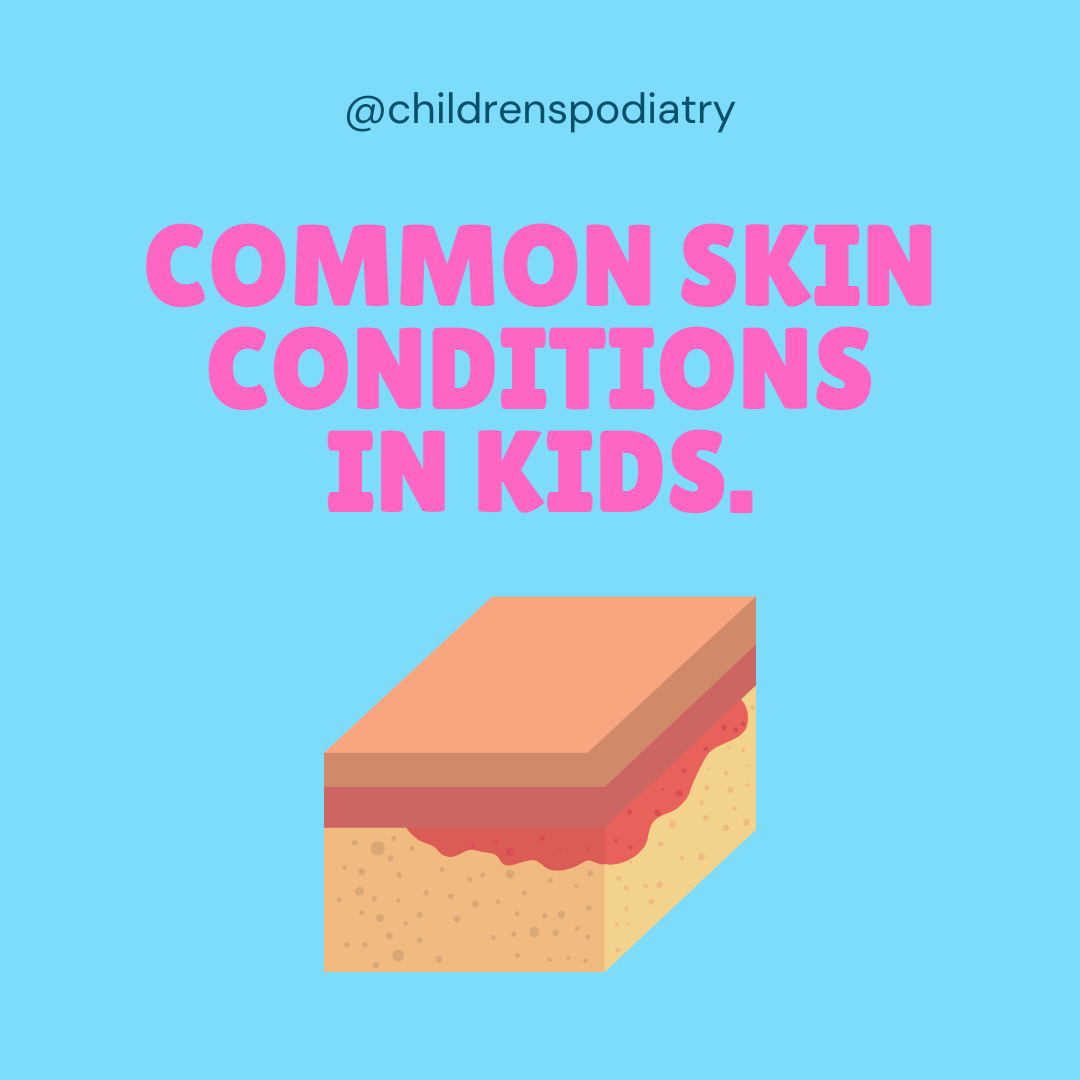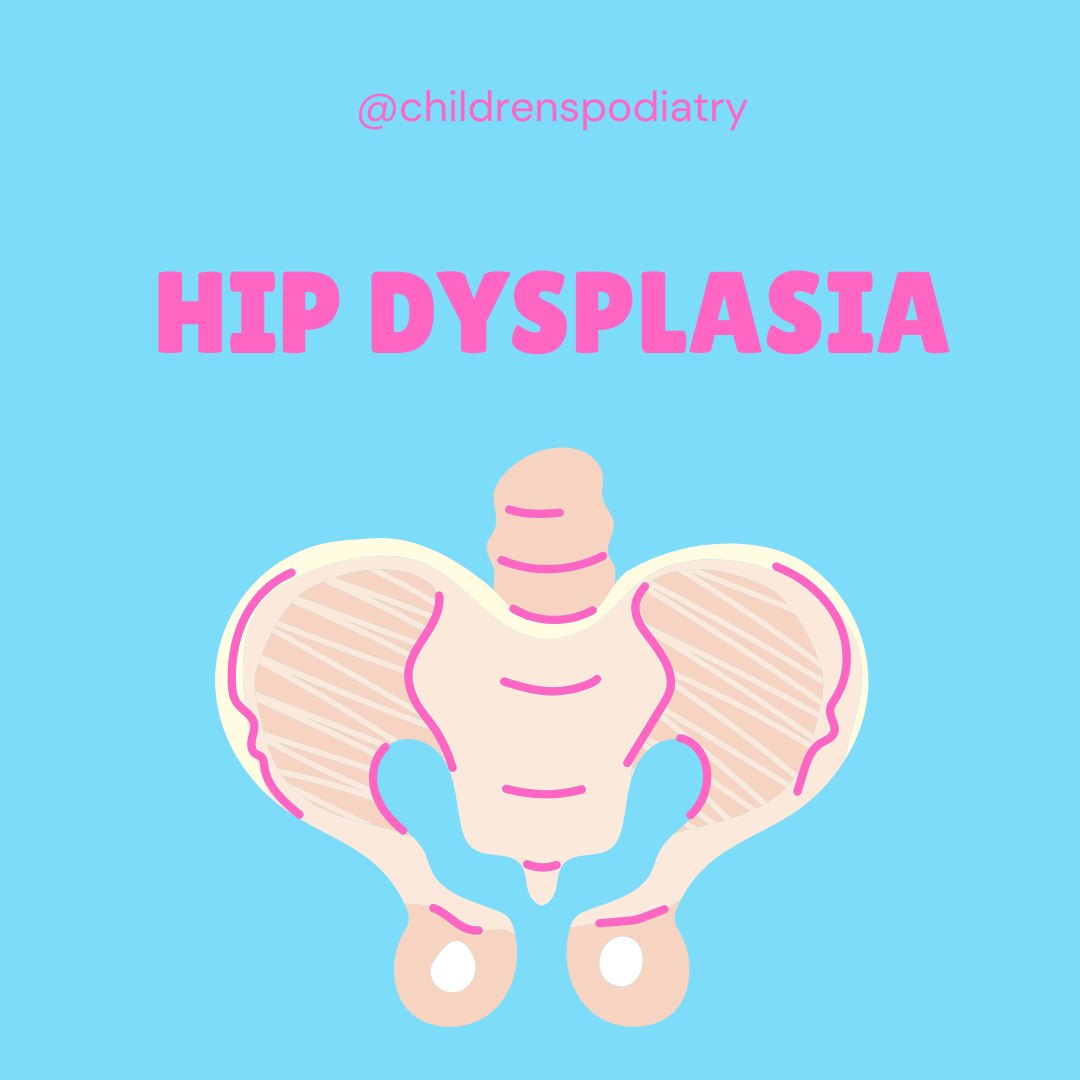Clubfoot is a common type of birth defect that affects muscles and bones in the feet. Instead of being straight, a clubfoot points down and turns in.

What causes Clubfoot? Is my child at risk?
Clubfoot, scientifically known as Congentital Talipes Equinovarus, is a relatively common type of birth defect that affects the feet. It is caused by abnormalities in the ligaments, bones and muscles of a baby’s foot, causing it to twist inward rather than face forward. It can affect both or just one side of the body.
Whilst the cause of this condition remains unknown, it is hereditary. Although clubfoot occurs in about 1 in 1000 births, if you have one child born with this condition, the chance of your second also presenting with Clubfoot increases to 1 in 30.
How do we treat Clubfoot?
Clubfoot is a treatable condition. Typically this treatment will involve a combination of casting and physical manipulation of the affected limb in order to correct the foot’s natural position.
Treatment starts soon after birth, and in the initial 6 weeks, the cast may be changed weekly. In some cases, surgery is required to lengthen the calf muscle, before another cast is applied to encourage the muscle to heal correctly.
Following this, a foot abduction brace is used to continue the healing process. This brace is worn 23 hours each day for several months, and then can be downgraded to overnight as your child grows closer to 4 years of age.
When the proper treatment plan is followed by the family and supported by the right team, Clubfoot is usually resolved and the child is able to live an independent and active life.






